The tempered-steel guide has holes precisely sized to allow bits to spin freely and without wobbling. The groove on the bottom straddles corners and cylinders to align the guide. The wooden guide here is one I made before buying the V-DrillGuide. Having served its purpose—drilling a single hole for a lag bolt—it's on its way to the fireplace.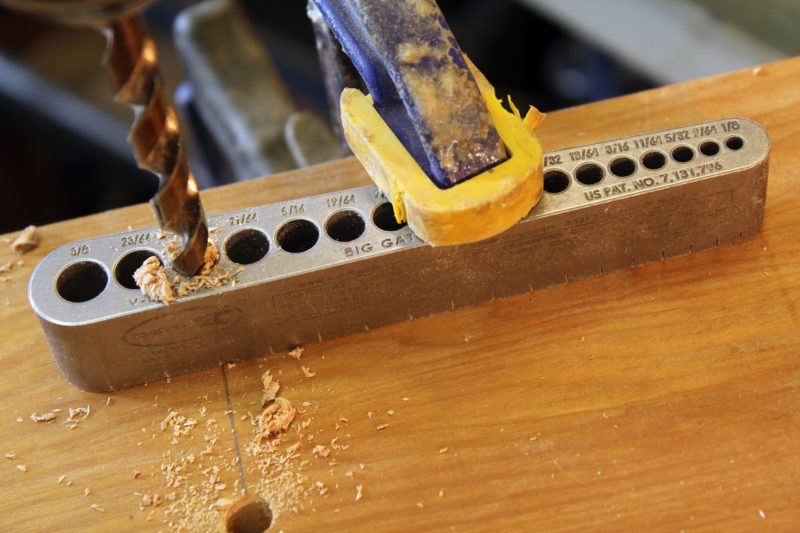 Photographs by the author
Photographs by the author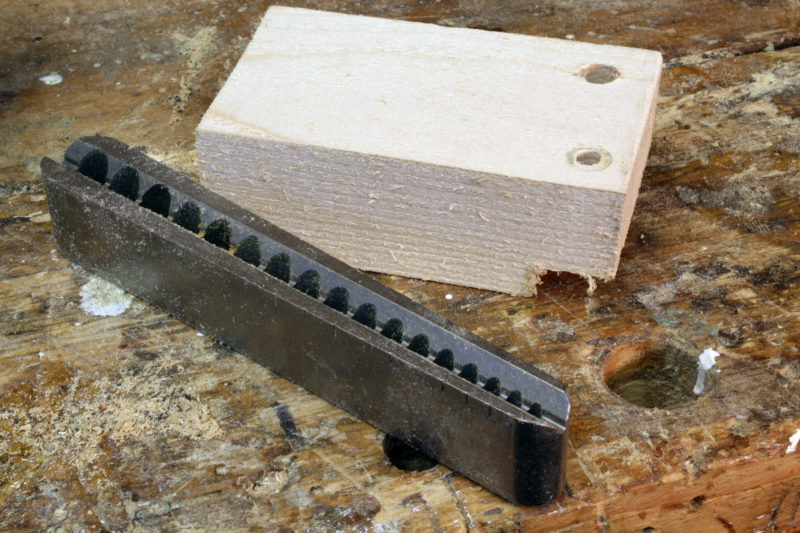
Join The Conversation
We welcome your comments about this article. To include a photo with your remarks, click Choose File below the Comment box.



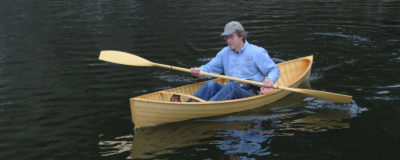
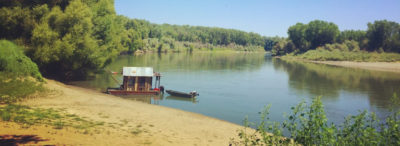
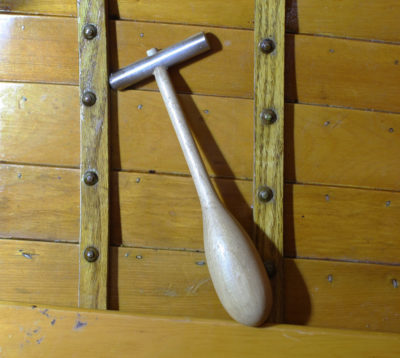
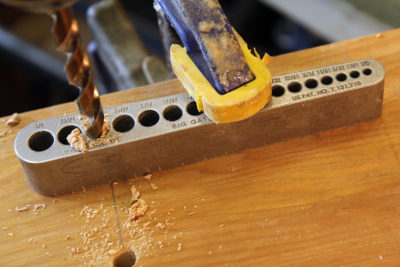
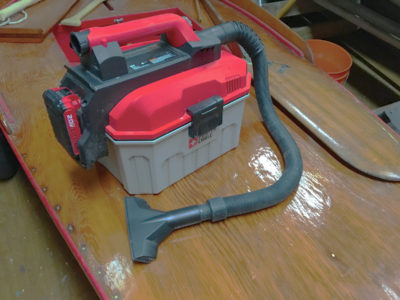


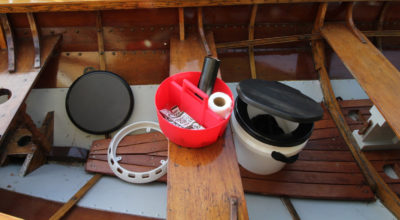
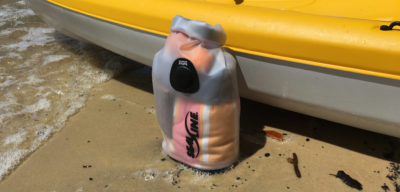
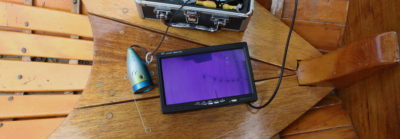
I’ve been looking for something like this for years. I do not have space in my tiny workshop for a drill press, besides it would hardly be worth the cost considering how many times in a year I need to drill perfectly square (vertical) holes.
Living at the bottom end of Africa, I doubt I’ll be able to find one here. A pity !
Well done at cutting the cable of your TV set, Chris. I got rid of mine in 2010.
I have had one of these for several years and it was all I had to guide the drill during my first boat-build. While I now have a drill press I still find new uses for this tool. Most recently I used it to bore holes in solid wooden marbles for parrel beads. To do this I inverted the drill guide. Due to simple principles of geometry regarding the intersection of circles and spheres a hole of any size will self-center without the need to measure. To prevent the marble from rotating and/or being deformed in the vice I held it between two pieces of softer wood with appropriate sized holes to cradle the hard wood marble. A third piece of scrap tacked to the bottom of one of these pieces prevented tear-out.